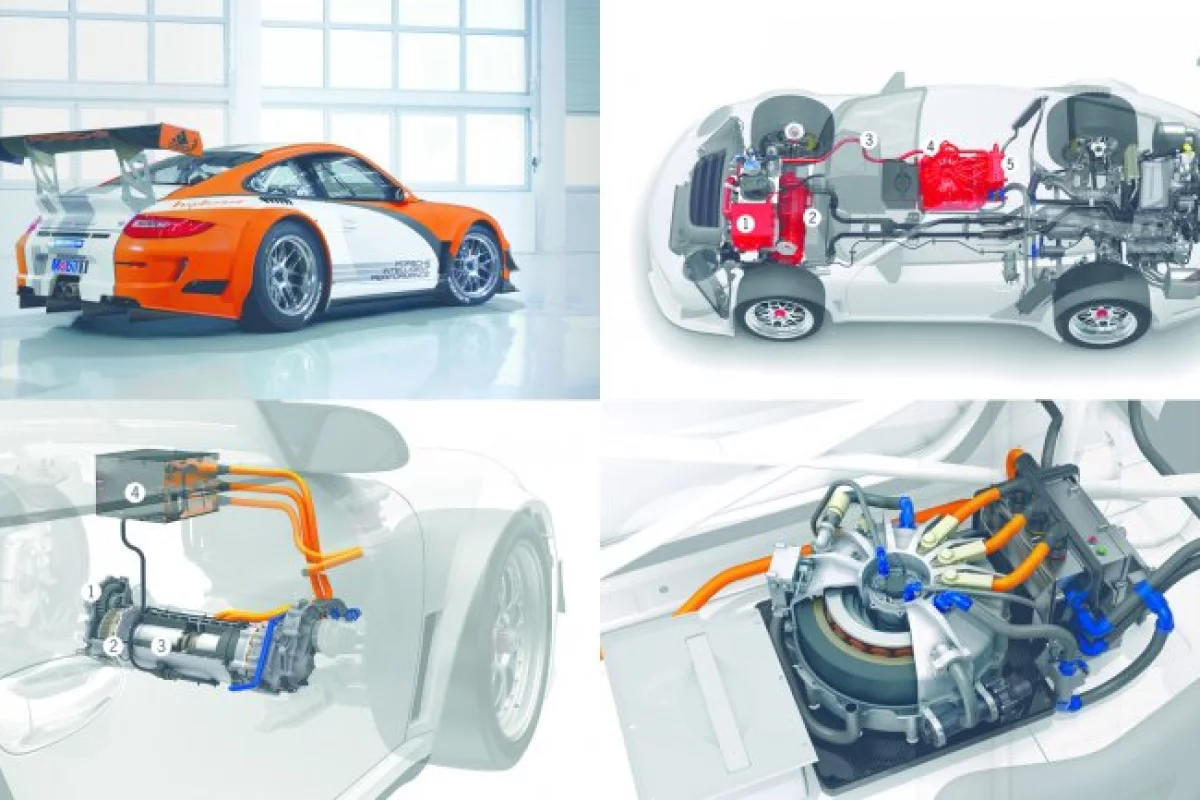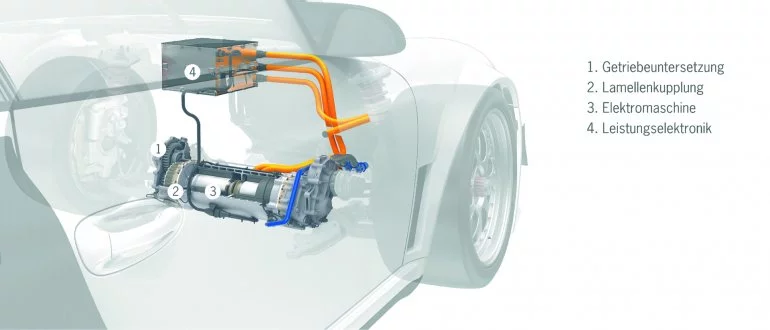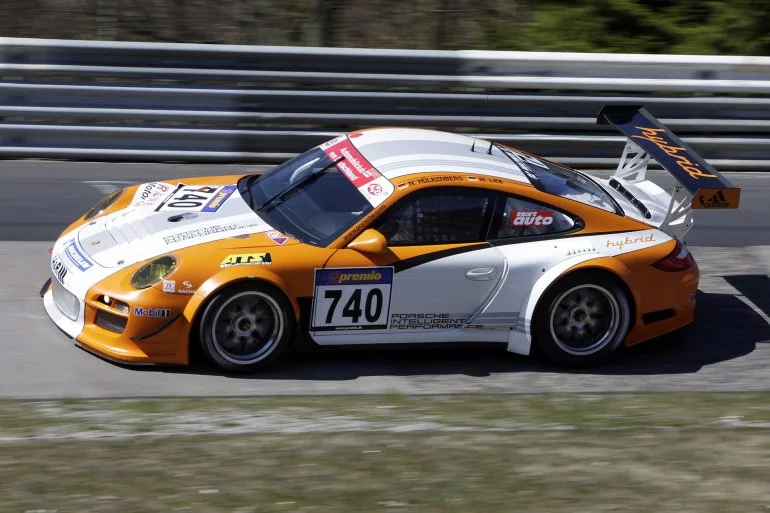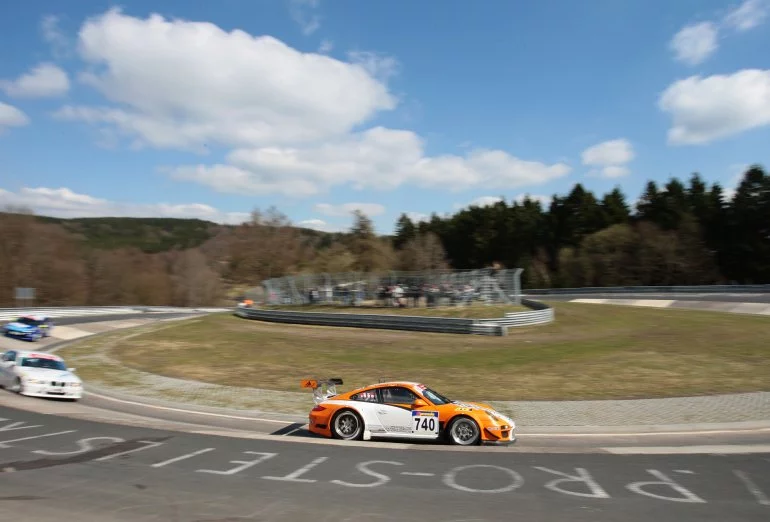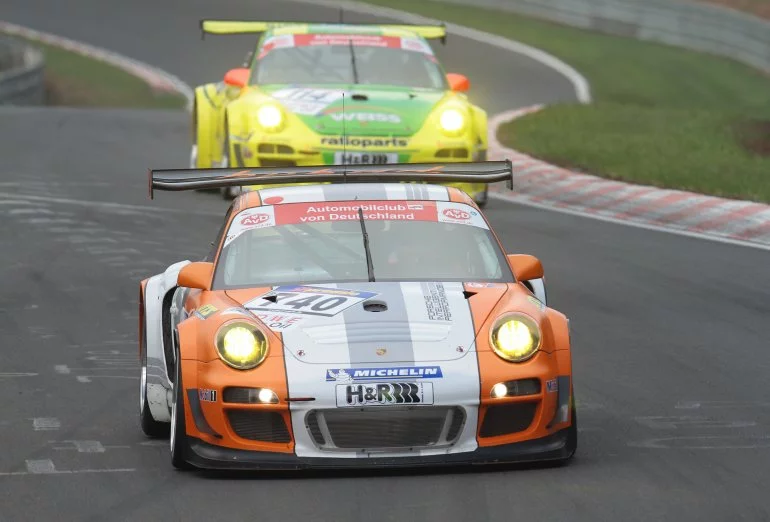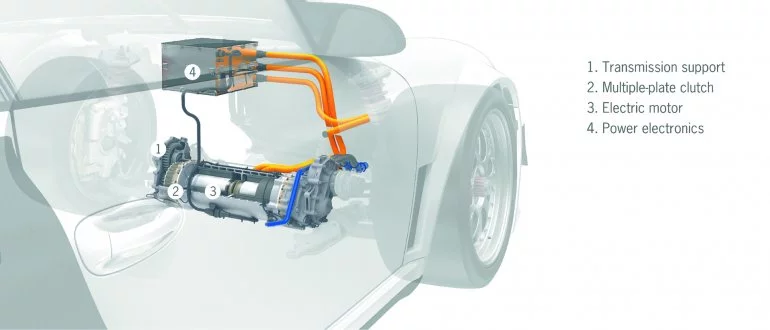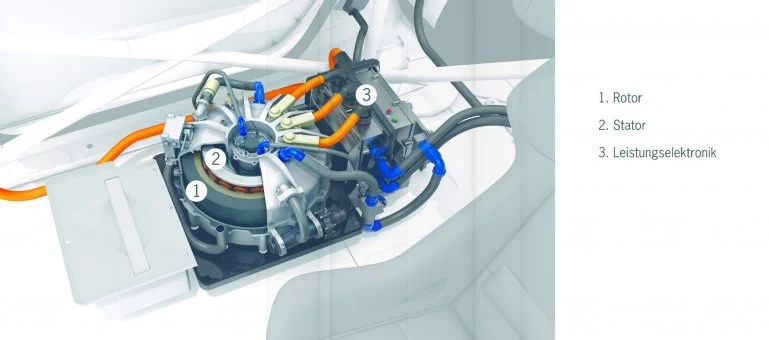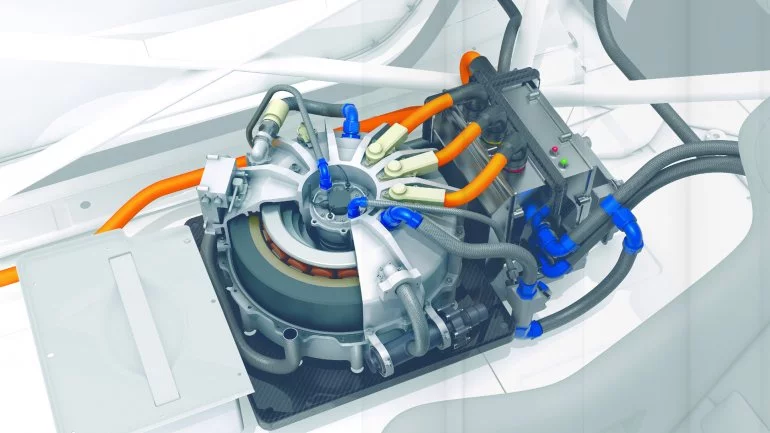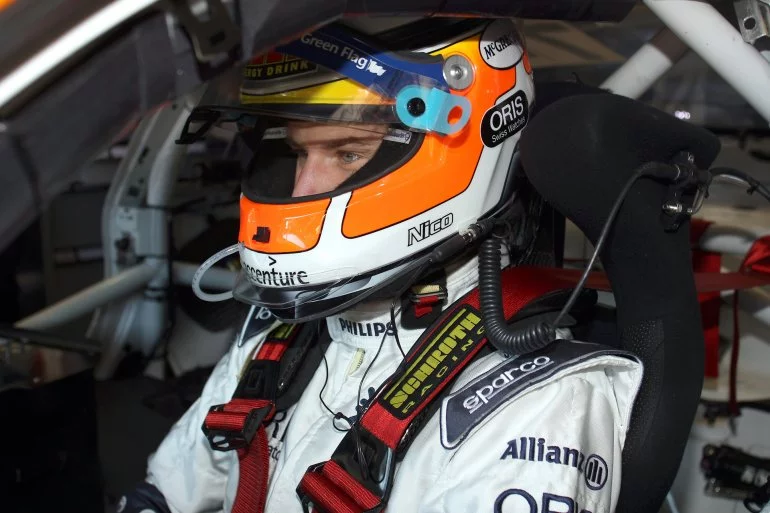Williams F1 has increased its existing 40% shareholding in Williams Hybrid Power (WHP) to 78% on the back of some very favorable results on the racetrack in conjunction with Porsche and ever growing confidence that the company's magnetically loaded composite flywheel (MLC) technology will find wide application in hybrid passenger vehicles, hybrid buses, electric trains, diesel-electric ships and wind power generation.
In late 2009, WHP announced its involvement in a hybrid road car programme with Ricardo, CTG, JCB, Jaguar Land Rover, SKF and Torotrak. The project aims to demonstrate the potential of flywheel-based hybrid systems with the potential for 30 per cent fuel savings at an on-cost of less than GBP1000, to enable mass-market uptake of hybrid vehicles in price sensitive vehicle applications.
Williams F1’s original investment dates back to March 2008 when the company bought the minority share in Automotive Hybrid Power (subsequently re-named to WHP), a Norfolk-based provider of composite flywheels, when kinetic energy recovery systems (KERS) were being introduced into Formula One.
With car manufacturers seeking continuous reductions in CO2 emissions, WHP’s flywheel technology provides a cost-effective, technically viable and environmentally-sound solution for the mild hybrid sector. Consequently, in 2009 WHP re-focused its development efforts to road vehicle applications of the technology and has recently partnered with Porsche AG to run the system in the manufacturer’s new Porsche 911 GT3 R Hybrid. WHP technology has enjoyed a successful racing debut in the Porsche hybrid, winning its class and taking third place overall in round two of the Nuerburgring Long Distance Championship in Germany earlier this month.
The 911 GT3 R Hybrid uses two electric front-wheel-drive motors developing 60 kW (82 hp) each, which supplement the 480 bhp four-liter flat-six engine at the rear of the 911 GT3 R. Instead of the batteries used in hybrid road cars, an electrical flywheel power generator fitted in the cockpit beside the driver delivers energy to the electric motors. Compared to a battery, the flywheel generator has the advantage of storing high amounts of energy very quickly and then releasing it just as quickly – something that's very difficult to do with batteries.
Thanks to its sophisticated electronic control, the innovative hybrid drive of the 911 GT3 R automatically provides optimal efficiency at racing speed. The combination of the combustion engine and electric motors fulfill a simple objective: less fuel consumption without compromising performance.
When overtaking or accelerating out of a corner, the driver can manually override the controls by pressing the boost paddle on the steering wheel and sending energy from the charged flywheel generator to the front axle. This additional power of 120 kilowatts is available to the driver after each charge process for approximately six to eight seconds. In addition to use in racing and road car programmes, WHP’s technology is also under development at Williams F1’s new research facility at Qatar’s Science and Technology Park for inclusion in larger infrastructure applications outside of the automotive industry. Alex Burns, Chairman of WHP and CEO of Williams F1, said, “I am delighted that we have now taken a larger stake in Williams Hybrid Power. This agreement means that the business has the funding it needs for the development of a family of MLC flywheels to suit a range of applications in the automotive and other industries. I am confident that WHP will continue to deliver value to its customers and develop into a substantial, successful business.”
